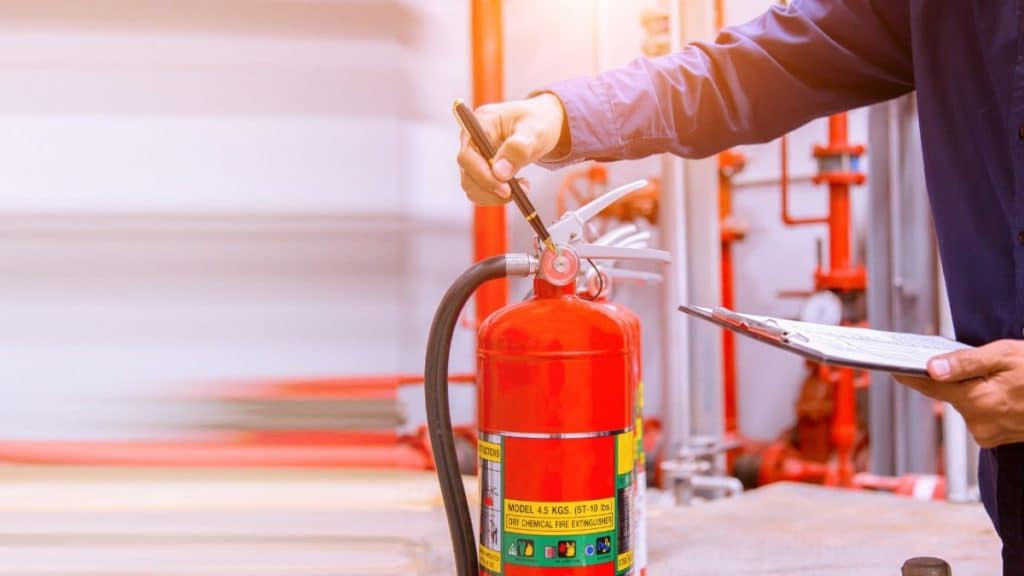Fire safety is a fundamental responsibility for property owners, landlords, and business operators. One of the most effective tools for mitigating fire-related risks is the Fire Risk Assessment (FRA). This essential process ensures that buildings are safe for occupants and compliant with fire safety regulations. In this blog, we will delve into what a Fire Risk Assessment entails, its importance, and how to conduct one effectively.
What is a Fire Risk Assessment?
A Fire Risk Assessment is a thorough evaluation of a building designed to identify potential fire hazards, assess risks to occupants, and propose measures to reduce those risks. Under the Regulatory Reform (Fire Safety) Order 2005, it is a legal obligation for many properties in the UK.
Why is a Fire Risk Assessment Important?
1. Legal Compliance
Property owners and employers are required by law to conduct and maintain up-to-date fire risk assessments. Non-compliance can result in significant fines or legal action.
2. Protects Lives
The primary goal of an FRA is to ensure the safety of all occupants. Identifying and addressing fire risks can save lives.
3. Reduces Property Damage
Preventative measures identified in an FRA can help minimize the risk of fires and the extent of damage if one occurs.
4. Supports Insurance Claims
Many insurers require proof of a fire risk assessment to process claims related to fire incidents. An FRA can serve as valuable documentation.
Who Needs a Fire Risk Assessment?
1. Businesses
All non-domestic properties, including offices, shops, and warehouses, must have an FRA to ensure employee and visitor safety.
2. Landlords
Landlords must conduct FRAs for multi-occupancy buildings such as apartment complexes and HMOs (Houses in Multiple Occupation).
3. Property Managers
Building managers overseeing residential or commercial properties are responsible for maintaining fire safety compliance.
What Does a Fire Risk Assessment Involve?
1. Identifying Fire Hazards
This involves identifying potential sources of ignition, fuel, and oxygen that could contribute to the outbreak of a fire.
2. Evaluating Risks
Evaluate the risk of a fire occurring and its potential impact on the safety and well-being of occupants.
3. Identifying Vulnerable Individuals
Special consideration is given to children, the elderly, and individuals with disabilities to ensure their safety.
4. Documenting Findings
A written record of the hazards, risks, and recommended actions is created. This is mandatory for businesses with five or more employees.
5. Implementing Safety Measures
Actions may include installing fire alarms, creating evacuation plans, and ensuring clear signage and emergency lighting.
6. Regular Reviews
Fire risk assessments should be reviewed periodically and updated whenever significant changes occur in the property.
How Often Should a Fire Risk Assessment Be Conducted?
While there is no specific timeline mandated by law, it is generally recommended to review and update the FRA:
- Annually: For high-risk properties or buildings with frequent changes.
- Every 3-5 Years: For lower-risk properties.
- After Changes: Whenever there are modifications to the building’s structure, occupancy, or use.
Who Can Conduct a Fire Risk Assessment?
While property owners and managers can perform basic FRAs, it is often advisable to hire a qualified professional, especially for complex or high-risk properties. Experts like FRA London provide detailed assessments and actionable recommendations to ensure compliance and safety.
Conclusion
Fire Risk Assessments are a crucial aspect of maintaining a safe environment for occupants and ensuring compliance with legal requirements. By identifying hazards, assessing risks, and implementing safety measures, property owners and managers can significantly reduce the likelihood and impact of fire incidents. Schedule your Fire Risk Assessment today to safeguard your property and its occupants.
